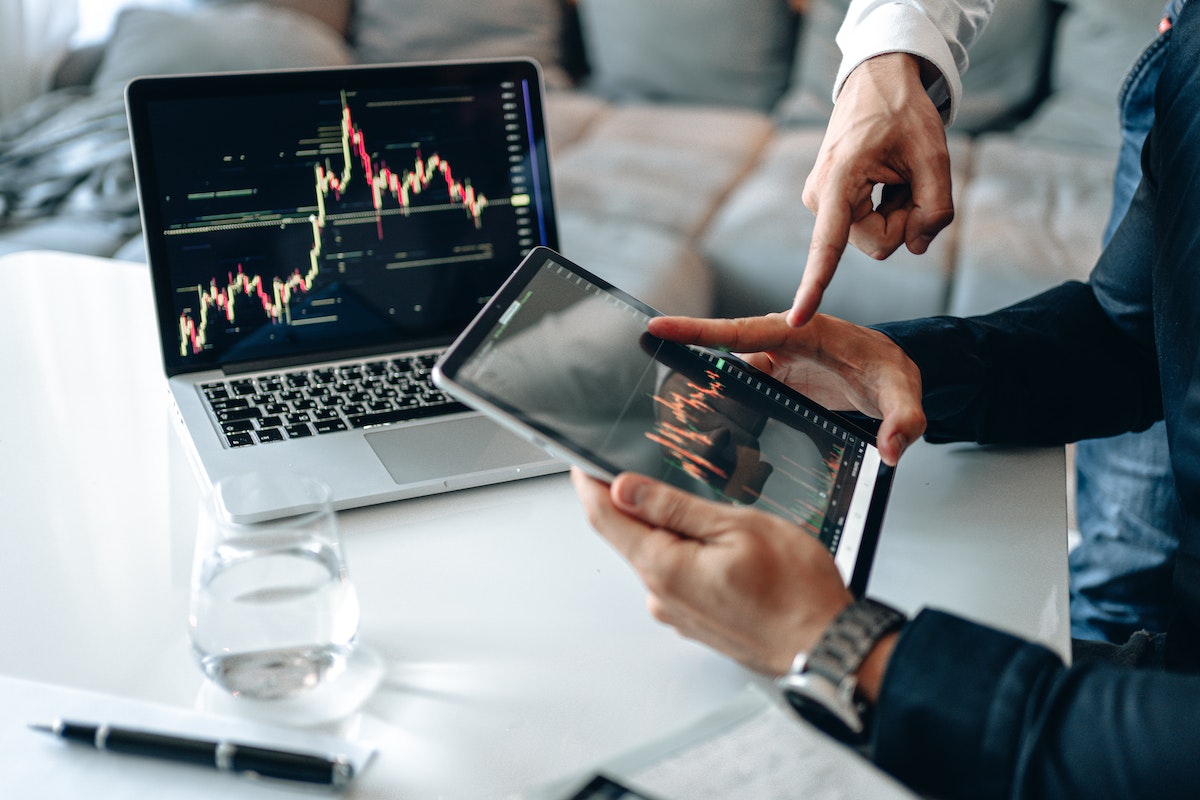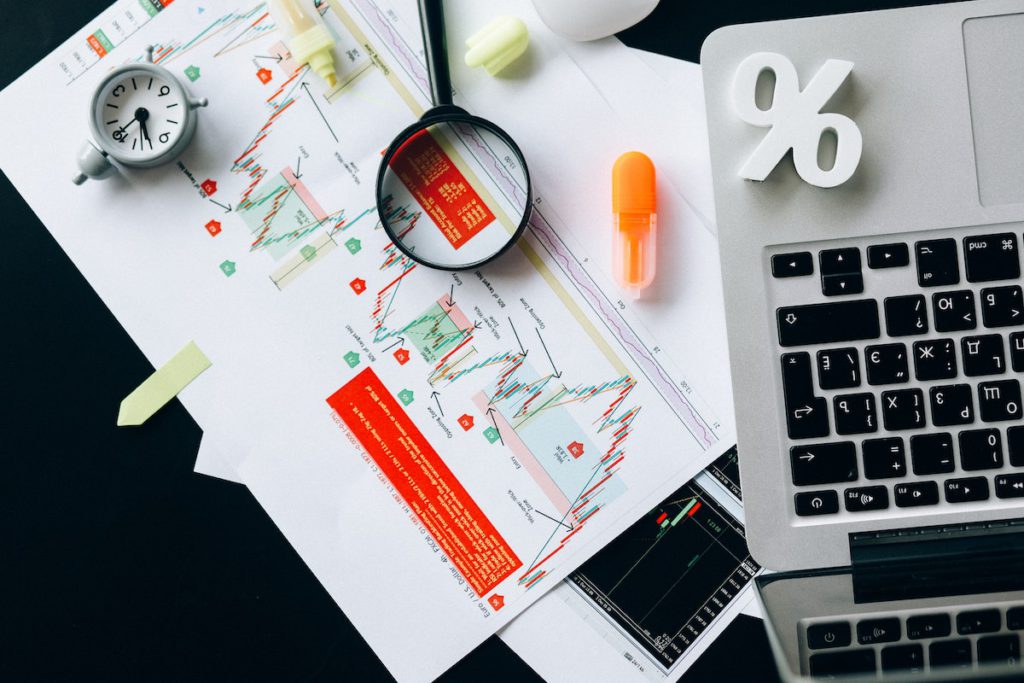
Since equity CFDs are the most popular, let us look at what CFDs are in the trade example. Like any trading product, there are advantages and disadvantages to a CFD.
If you are worried about the slowdown in the world’s stock markets, you could use CFDs for commodity trading or Forex. Even when underlying markets are closed — stock markets, for instance — investors can still trade CFDs based on the main stock market indexes.
Essentially, investors can use CFDs to bet whether or not the prices of the underlying assets or securities will increase or decrease. CFDs allow traders and investors to profit from price movements without owning the underlying assets.
Using CFDs rather than investing directly, the trader is pursuing a speculative objective, as profit is earned not through fixed payments or a percentage but through price differences between opening and closing the transaction. The trader’s net profit is the price difference between opening and closing trade (fewer fees or interest). In trading a CFD, we profit from the difference between a position’s starting and closing prices.
When you purchase CFDs, you profit when the market increases in value. Therefore, if you buy a CFD, a long-term transaction, you expect the asset value to increase with the help of the CFD Broker Australia Society.
If you sell a CFD (known as a short trade), you expect an asset’s value to decrease. When trading CFDs with providers, you are not buying an underlying asset. Instead, you are speculating about a price move of an underlying asset. Instead, when you trade a CFD, you agree to exchange the difference in an asset’s price between the time you open your contract and when you close it.
A Contract For Difference (CFD) account allows you to trade derivatively on the difference between prices of multiple underlying assets. A contract for difference (CFD) allows traders to speculate on future market movements in underlying assets without actually owning or taking physical delivery of underlying assets. Contracts for Difference (CFD) trading is a type of financial market speculation which does not require the purchase or sale of any underlying assets.
CFD trading uses contracts that reflect the prices in financial markets, such as stocks, indexes, or currency pairs. CFD trading is a type of leveraged product, so you need only put a small portion of the total value of each contract to make a trade. Hundreds of dollars would be sufficient for CFD trading since the leverage allows for large amounts to be opened.

Investors trading in CFDs using leverage might have only contributed a tiny portion of the value of a contract. Thus they could earn high returns on their investments. In addition, it is possible to make substantially more return from a CFD contract than trading an asset. As a result, CFD traders can avoid some drawbacks and costs of traditional trading without holding the underlying asset.
Even small changes in the price of your CFD position can significantly affect the returns or losses from trading. Cost to Open CFD Position A CFD position is typically covered by a spread, meaning that buy and sell prices will vary to reflect the cost of entering a trade. The spread — the difference between buy and sell prices when you make the trade — is the most substantial charge in a CFD.
When creating your CFD position, you select how many contracts you wish to trade (buy or sell), and your profits increase each time the market moves in your favour. To determine your profit or loss on a CFD trade, you multiply the position deal size (the total number of contracts) by the contract value (expressed in points moved).
The $46-$48 earned from a position indicates net profit, whereas a $50 profit on holding security directly does not include fees or other charges. The CFDs profits would be smaller since a trader has to exit at the buy price, and spreads are more significant than in a traditional market. The first trade created an open position, which was then closed by reverse trading at another CFD provider’s Australia price.
The trader bought 426 contracts for $23.48 a share. Thus his trade position is $10,002.48. You place the buy trade using a buy quote and exit using the sell quote. If you want to trade on Apple stocks because you think the asset price will increase in a short period, you could open a long position and buy.
CFDs are financial derivatives that let you get short and long in thousands of different markets, all without owning any physical assets. CFDs in Forex can make CFD transactions without registering a trading account with other exchanges. However, some experienced traders open several CFD accounts at a single brokerage to trade various assets or follow multiple trading methods.
The costs of trading CFDs include commissions (in some cases), funding costs (in certain situations), and the spread — the difference between the buy price (buying price) and offer price when trading. A CFD is a trade between two parties regarding the value of a financial instrument in the future, where both parties agree to settle the amount equal to the difference between the starting price and closing price of the trade position. A CFD, or Contract for Difference, is a specific arrangement between two parties (seller and buyer) for transferring the difference between the current value of the underlying asset when a transaction is opened and its value when a transaction is closed.





